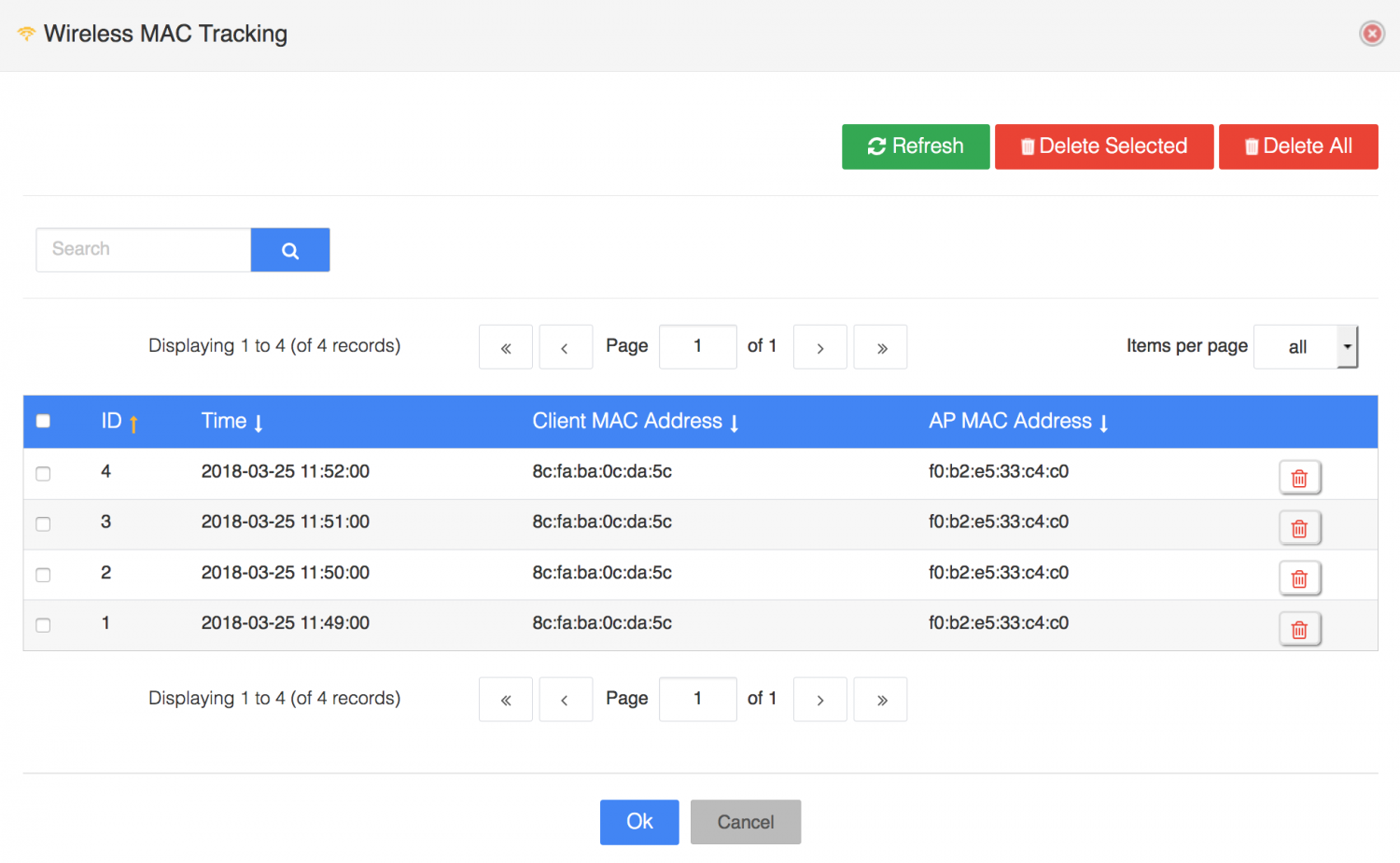
- ETHERNET STATUS MAC MAC
- ETHERNET STATUS MAC WINDOWS
Locate and open Terminal from Applications->Utilities->Terminal.
ETHERNET STATUS MAC MAC
To get your computer's Wired or Wireless MAC address from the Terminal Screen:
Save and Print the document and keep it with your important papers. Right-click and choose Paste to put the information into the document. Open up Notepad (Start->All Programs->Accessories->Notepad). Press Enter to copy the text from the Command Prompt screen. Right-click anywhere in the command prompt window and choose Select All. Write down or copy/paste the addresses for future reference.Ĭopy this information from the command prompt screen into a notepad document:. The wireless physical address will be listed under Ethernet adapter Wireless Network Connection. The wired physical address will be listed under Ethernet adapter Local Area Connection. To find the Physical Address for your connection:. Press Enter to list the connection information for your wired and/or wireless connections. *At the Command Prompt, type *ipconfig /all Note: Be sure to put a space between ipconfig and /all!. ETHERNET STATUS MAC WINDOWS
Type command in the search box (Start->Run for Windows XP) and press Enter. Get your computer's Wired or Wireless MAC address from the Command Prompt Screen: Your device therefore is likely to have two MAC addresses. The address is assigned by the manufacturer, for Ethernet and Wi-Fi cards. Don't forget to undo the changes you made to create a static IP as that static IP may cause real issues if there is any contention between it and what the DHCP server creates.A Media Access Control (MAC) address is a unique numeric identifier used to distinguish a device from others on a network. Routers between that backbone and your local devices handle the mapping from your device to the backbone for you.Īll of which is to say, you can try rebooting the router, to see if it will get a new working IP from the ISP servers and restart it's own DHCP process to assign you a working number. The Internet is running, or already has run, out of IPv4 numbers (the #.#.#.# format, and the real internet now uses IPv6, a much more complex numbering system, for the backbone communications. I would even expect that your ISP may be using the same scheme going up, that is, they have a master router that is assigning an internal IP to your router but then sharing that traffic with just one, or maybe a couple, of "real" internet IP addresses. 
That way there can be thousands of networks, all with 10.x.y.z numbering with 10s of thousands of devices but not nearly as many "real" addresses consumed. Similarly, when an incoming packet arrives at the "real" IP from your ISP, the router then decides which device should get that packet and forwards it to your device at the 10.x.y.z address in your local net. Your local router assigns numbers, apparently in the 10.x.y.z range, to devices locally attached to it, then maps their outgoing packets onto the number it got from the ISP to put your packets into the broader Internet.

That scheme was built up to allow for the billions of devices world-wide to each have a "unique" number but not overwhelm the system. Even if you force a connection to the router, if it's not connected to the ISP network, you don't have a connection to the Internet.įor Background, your ISP provides your local router a true Internet IP number for you to share with all of your locally connected devices. It may well be that it also cannot see the Internet, if the problem is with the Internet Service Provider. That message means the Router is not issuing IP numbers to connect to the router.





 0 kommentar(er)
0 kommentar(er)
